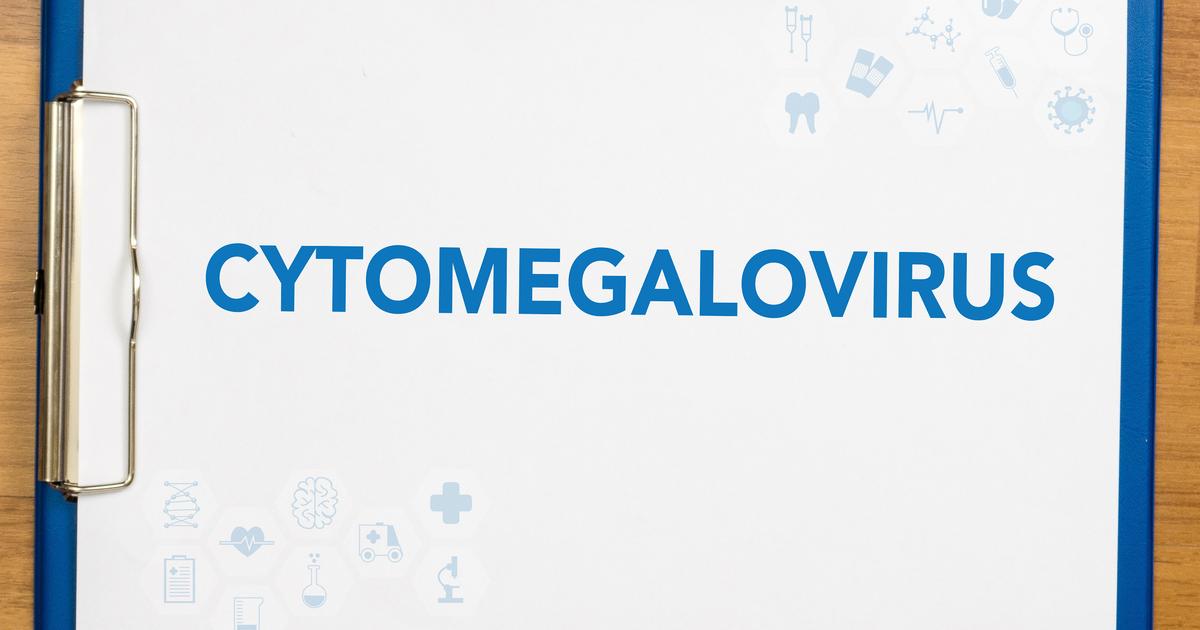Guide To The Causes And Risk Factors Linked To Cerebral Palsy
Bleeding Into The Brain

Bleeding into the brain, also known as intracranial hemorrhage, may occur before, during, or shortly after the birth of a newborn. These hemorrhages can damage parts of the brain responsible for motor functions and development. Bleeding can occur from either arteries or veins, and doctors grade the severity of intracranial hemorrhages on a scale of one to four. Risk factors that increase the likelihood of a newborn bleeding into the brain include a fetal stroke, blood clots in the placenta, maternal hypertension or infection, and trauma during delivery. Newborns having an intracranial hemorrhage could display signs such as a drop in blood count, an elevation in bilirubin, retinal bleeding, and weak muscle tone or reflexes. Ultrasounds, MRI scans, and CT scans are normally used to diagnose intracranial hemorrhages. While hemorrhages at grades one and two may heal on their own, those at grades three and four generally require surgery. Some newborns who have had bleeding into the brain may not experience any lasting effects. Others might need therapy for cognitive conditions or developmental delays.
Read more about risk factors and causes linked to cerebral palsy now.
Cytomegalovirus

Cytomegalovirus is a viral infection that can impact individuals of all ages. Although most patients do not have any symptoms, pregnant women who contract this infection could transmit it to their unborn baby. Exposure to the virus increases the baby's risk of developing cerebral palsy, and it can also result in premature birth and low birth weight. Newborns who have contracted cytomegalovirus could have an enlarged liver, jaundice, an enlarged spleen, and small head size (microcephaly). These signs typically occur at birth, though some infants may develop symptoms years after exposure. Late symptoms usually include hearing loss and developmental delays, and some infants could have vision problems. If a pregnant woman tests positive for cytomegalovirus, doctors typically perform an amniocentesis test to determine whether the infection has been passed to the unborn baby. Newborns who display symptoms of cytomegalovirus need to be tested for this condition within the first three weeks of life. Newborns with this virus are given antiviral medications, and other treatments may be given depending on the severity of the infection.
Continue reading to reveal another risk factor associated with cerebral palsy now.
